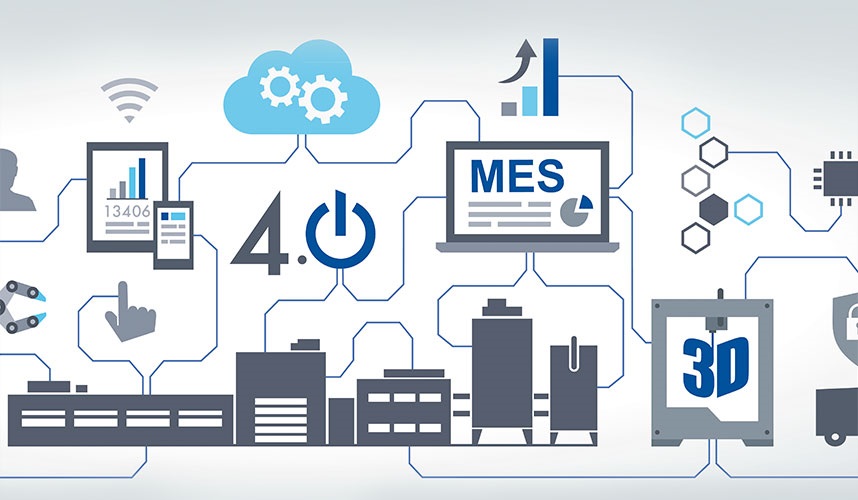Manufacturing execution systems (MES) are computerized systems used in manufacturing that provide information to help optimise production processes and operations management from order entry through shipment. MES systems can range from a single workstation to an entire manufacturing enterprise. These systems are closely integrated with manufacturing technologies on the plant floor and connect operational activities to higher-level business systems.
MES Responsibilities and Functions
An Manufacturing Execution Systems and Software monitors production processes, tracks and records production data, assists in data collection, producing work orders, generating reports and analyzing production information. Some key responsibilities of an MES system include:
– Track materials and monitor material flow from suppliers through production floors to shipping. This involves monitoring material status, location and consumption in real-time.
– Manage production schedules and dispatch work instructions to plant floor machinery. An MES coordinates the production schedule with plant capacity and status to dispatch appropriate instructions.
– Collect and integrate production data from discrete and process manufacturing equipment on the plant floor. Data collected includes equipment status, downtime reasons, batch and quality details etc.
– Analyze production performance against key performance indicators and track overall equipment effectiveness. The system identifies issues affecting throughput, yield and quality.
– Manage genealogy or traceability functionality to track materials, components and final products. This enables identifying root causes for quality issues across the supply chain.
– Support maintenance functions through integration with computerized maintenance management systems. MES notifies maintenance technicians of pending or necessary maintenance activities.
– Interface with Quality Management Systems for quality assurance. Quality data from inspections and tests are recorded for statistical process control purposes.
MES Adoption Drives Significant Manufacturing Improvements
Adopting an MES solution provides manufacturers several benefits across production planning, supervisory control and data acquisition. MES implementation enhances productivity by improving resource and tool utilization, reducing lead times, minimizing downtime and waste. It facilitates seamless data collection, centralizing production intelligence for real-time decision making.
Studies show MES deployment increases overall equipment effectiveness by 15-25% and labor productivity by 10-20%. Manufacturers benefit from precise scheduling of materials, people and equipment. Uninterrupted operations are achieved by proactively flagging issues and automating corrective workflows. Advanced analytics on MES data helps identify areas of inefficiency for continuous improvement initiatives.
MES Promotes Flexibility in Dynamic Market Conditions
MES empowers manufacturing enterprises to respond swiftly to marketplace changes. Dynamic production scheduling and dispatching capabilities allow ramping up specific product lines on priority. The system enables batch size reductions or multi-product changeovers for made-to-order flexibility.
Remote access to production dashboards and mobile MES apps give leadership real-time situational awareness for nimble decision making. Manufacturers can quickly redeploy underutilized assets or rebalance workloads across facilities based on current demands. MES supports product customization, versioning and variants seamlessly on the same production lines.
Implementing an MES is a long-term investment that optimizes manufacturing workflows, streamlines business processes, and acts as the system-of-record for all production activity. With Industry 4.0 advancements, MES will evolve to play a more strategic role in driving digital transformation initiatives focused on smart manufacturing.
*Note:
1. Source: Coherent Market Insights, Public sources, Desk research
2. We have leveraged AI tools to mine information and compile it



